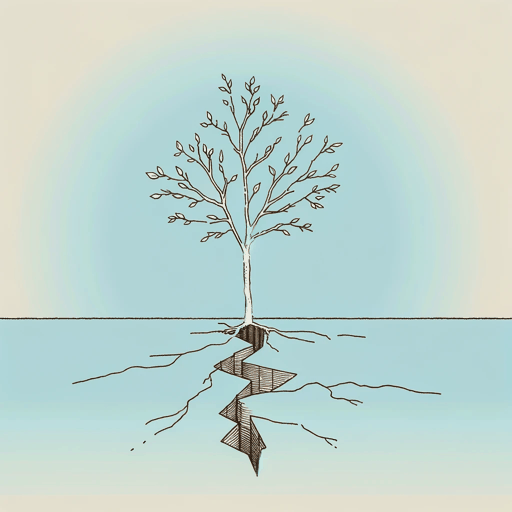44 pages • 1 hour read
Rebecca SolnitHope In The Dark: The Untold History of People Power
Nonfiction | Essay Collection | Adult | Published in 2004A modern alternative to SparkNotes and CliffsNotes, SuperSummary offers high-quality Study Guides with detailed chapter summaries and analysis of major themes, characters, and more.
Themes
Embracing Uncertainty and Imperfection in Activism
Solnit’s book opens with the paradox that hope is made in the dark—and thus from a place of uncertainty about the future and the specific outcome of a campaign. Activists can’t be certain of the extent to which their demands will be met—or of the timescale necessary to achieve their aims. Some movements, like the campaign for women’s suffrage, require the efforts of multiple generations. Moreover, social change often arrives in a piecemeal, irregular fashion. For example, the 1982 New York City Central Park protest’s demand for a bilateral nuclear weapons freeze didn’t result in immediate change; however, as Solnit writes, “in less than a decade, major nuclear arms reductions were negotiated, helped along by European antinuclear movements and the impetus they gave the Soviet Union’s last president, Mikhail Gorbachev” (2). To Solnit’s mind, further campaigning, despite frustration at the slowness of progress, may eventually have brought about the desired change—or at least ensured that the issue of nuclear disarmament remained a topic that governments couldn’t ignore.
Solnit points out that when victory isn’t a simple matter, many “transform the future’s unknowability into something certain, the fulfillment of all our dread, the place beyond which there is no way forward” (1).
Related Titles
By Rebecca Solnit
Featured Collections
Challenging Authority
View Collection
Colonialism & Postcolonialism
View Collection
Community
View Collection
Contemporary Books on Social Justice
View Collection
Globalization
View Collection
Nation & Nationalism
View Collection
Politics & Government
View Collection
Popular Study Guides
View Collection
Power
View Collection
War
View Collection






